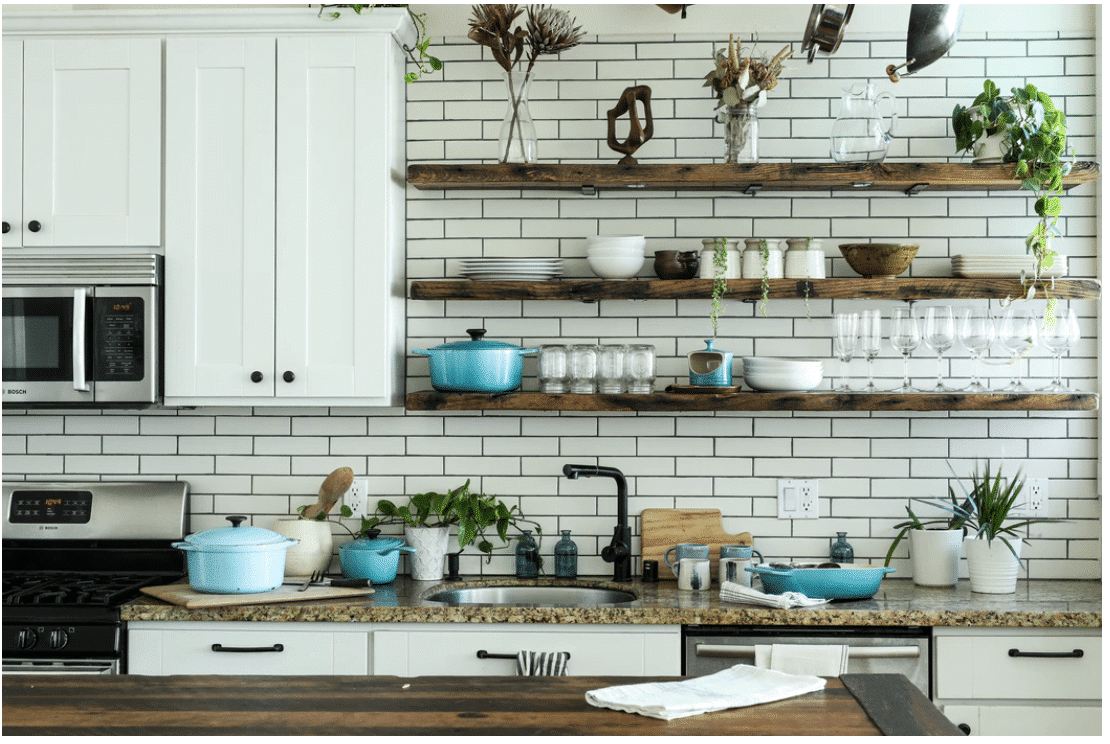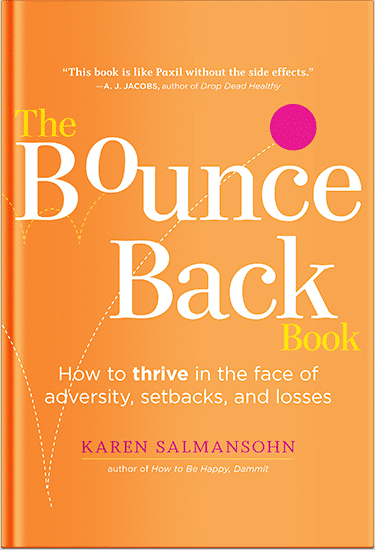 Most people think of the kitchen sink as the heart of the home. It’s where vegetables get rinsed, hands get washed, and dishes pile up after dinner. But for all the activity happening there, the sink is also one of the least sanitary spots in the entire house. In fact, studies show it often harbors more bacteria than a bathroom toilet.
Most people think of the kitchen sink as the heart of the home. It’s where vegetables get rinsed, hands get washed, and dishes pile up after dinner. But for all the activity happening there, the sink is also one of the least sanitary spots in the entire house. In fact, studies show it often harbors more bacteria than a bathroom toilet.
The reason? Food scraps, standing water, and damp sponges create the perfect environment for germs to thrive. And while a quick rinse may make the sink look clean, unseen hygiene problems can still be lurking just below the surface.
Let’s take a closer look at the hidden hygiene risks in your kitchen sink—and what practical steps can make this hub of household life safer and easier to manage.
Where Germs Gather Most Often
The kitchen sink doesn’t need days of neglect to turn into a hygiene hazard. Even a single night of unwashed dishes can create conditions for bacteria to multiply. Some of the most common problem spots include:
- The drain opening – Constantly damp, it becomes a breeding ground for bacteria like E. coli and Salmonella.
- Sponges and dishcloths – These items absorb food particles and moisture, holding onto them long after you’re done cleaning.
- Faucet handles – Touched before and after handling raw food, they’re hotspots for cross-contamination.
- Sink surfaces – Even rinsed produce leaves behind microscopic residue that can spread if not scrubbed away.
What’s tricky is that these germs are often invisible. A sink can appear spotless but still harbor millions of bacteria ready to spread to clean dishes, utensils, or even freshly washed hands.
Why Food Waste Makes It Worse
One of the biggest culprits behind sink hygiene problems is food waste. Leftover scraps from cooking and cleaning plates often end up in the drain. Over time, these bits of food don’t just cause foul odors—they also attract pests and feed bacterial growth.
This is where modern solutions come into play. Installing a garbage sink disposal, like those offered by InSinkErator, can help break down scraps immediately and flush them away with water, keeping drains clearer and reducing buildup. For families, it means less time dealing with clogs, fewer odors hanging in the kitchen, and one less place for bacteria to multiply.
By minimizing the amount of organic waste lingering in your sink, you cut down one of the key drivers of hidden hygiene problems.
Odors That Signal Trouble
If your sink gives off a musty, sour, or even rotten smell, it’s usually a red flag that bacteria are at work. Odors come from decaying food particles that stick inside pipes or sit at the bottom of the drain. And while scented cleaners may mask the smell temporarily, they rarely solve the root issue.
A better approach is prevention: keep waste from accumulating in the first place and clean the drain routinely. Hot water flushes, a sprinkle of baking soda, and a splash of vinegar can all help keep smells from returning. For stubborn buildup, dedicated sink brushes or pipe cleaners reach places sponges can’t.
The Hidden Health Risks
Why worry about invisible germs if you don’t see them? Because the kitchen sink is often where raw meat juices, produce bacteria, and dirty dish residue all meet. Without regular cleaning, harmful pathogens can spread onto clean dishes or utensils and increase the risk of foodborne illnesses.
Children are particularly vulnerable, as they often help wash vegetables or grab cups from the sink area. For families, that means the sink isn’t just a hygiene issue—it’s a health one.
Smarter Daily Habits to Keep Sinks Cleaner
The good news is, keeping your sink hygienic doesn’t require constant scrubbing. A few small changes can make a big difference:
- Rinse the sink after every use. A quick flush with hot water clears away lingering residue.
- Rotate sponges often. Microwave damp sponges for 30 seconds to kill bacteria, or replace them weekly.
- Disinfect surfaces daily. A spray of diluted vinegar or a mild bleach solution helps control bacteria.
- Use a sink strainer. Catch debris before it clogs pipes or lingers to decay.
- Handle raw food carefully. Wash hands before touching faucets, and clean the sink thoroughly after rinsing poultry or meat.
By turning these small habits into routine, you prevent the sink from becoming the dirtiest spot in your home.
Conclusion
The kitchen sink may look like just another functional part of the home, but it’s one of the biggest players in household hygiene. Left unchecked, it can harbor germs, spread odors, and increase the risk of illness.
Fortunately, small adjustments—like keeping food waste under control, disinfecting regularly, and upgrading with smarter disposal tools—go a long way toward turning it from a bacteria hotspot into a clean, reliable workspace.
The next time you rinse a plate or wash produce, remember: your sink isn’t just a cleaning station—it’s a health station. Paying attention to what’s happening there can make your whole home a cleaner, safer place to be.
P.S. Before you zip off to your next Internet pit stop, check out these 2 game changers below - that could dramatically upscale your life.
1. Check Out My Book On Enjoying A Well-Lived Life: It’s called "Your To Die For Life: How to Maximize Joy and Minimize Regret Before Your Time Runs Out." Think of it as your life’s manual to cranking up the volume on joy, meaning, and connection. Learn more here.
2. Life Review Therapy - What if you could get a clear picture of where you are versus where you want to be, and find out exactly why you’re not there yet? That’s what Life Review Therapy is all about.. If you’re serious about transforming your life, let’s talk. Learn more HERE.
Think happier. Think calmer.
Think about subscribing for free weekly tools here.
No SPAM, ever! Read the Privacy Policy for more information.
One last step!
Please go to your inbox and click the confirmation link we just emailed you so you can start to get your free weekly NotSalmon Happiness Tools! Plus, you’ll immediately receive a chunklette of Karen’s bestselling Bounce Back Book!


 Most people think of the kitchen sink as the heart of the home. It’s where vegetables get rinsed, hands get washed, and dishes pile up after dinner. But for all the activity happening there, the sink is also one of the least sanitary spots in the entire house. In fact, studies show it often harbors more bacteria than a bathroom toilet.
Most people think of the kitchen sink as the heart of the home. It’s where vegetables get rinsed, hands get washed, and dishes pile up after dinner. But for all the activity happening there, the sink is also one of the least sanitary spots in the entire house. In fact, studies show it often harbors more bacteria than a bathroom toilet.